Navigating Chatbots: Which Chatbot is Best for Your Business?

What are Chatbots?
In layman’s terms, a chatbot is an application with the purpose of replacing a human support agent with automation technology; in this case, software specifically designed to help guide users. Chatbots do this by communicating with it’s end users via some form of chat, whether that be spoken or through text. There are many areas that a chatbot can be utilised, such as in customer service and support, just to name a few.
Chatbots first started to rise in popularity due to the need for faster services, for less cost on the business’ end. As businesses become more digitised, the speed they must be able to reach in customer service areas has been increasing. Chatbots are a unique solution to this demand, as with a chatbot, all a business needs to worry about is the bot’s implementation and maintenance. Chatbots don’t have the same pitfalls that human operators have, since chatbots can be online 24/7 and can better handle multiple conversations with users at once. With chatbots, there is no such limit anymore, which increases capacity and saves costs.
But what different types of chatbots are there, and how do I know which is most suitable for me? Well, there are a diverse amount of chatbots, all of which serve different purposes and functions. However, let’s keep things simple and focus on just two of them: rules-based chatbots and AI-based chatbots.
What is a Rules-based Processes Chatbot?
Menu-based chatbot
The first example would be a menu-based chatbot. This particular type of chatbot is based on a scripted menu in which the user clicks through various directory prompts until they find their answer, taking on a decision tree format. This chatbot has very simple functionality with a very straightforward questions and answer system, which makes it a good option for businesses who already have a very solid idea of what their customers frequently ask. Due to it’s simple functionality, a menu-based chatbot is also a good option for businesses that are looking for a fast delivery with a lower cost.

An example of a menu-based chatbot that you may have come across is on a small online shop, which may use a menu-based chatbot to help it’s users with basic tasks, such as help with how to place an order, questions about shipping, and more.
However, there are also some drawbacks to using this type of chatbot. One of the most glaring drawbacks is that menu-based chatbots cannot answer questions that are not predicted by the conversation designer, making nuanced questions impossible to answer without intervention from a live agent. In turn, this also runs the risk of increasing a user’s frustration, lowering the user experience with the chatbot and on your business’ website.
Keyword-based chatbot
A keyword-based chatbot expands on the previously discussed menu-based chatbot, essentially functioning as a more sophisticated FAQ rather than a decision tree. It takes the predetermined question-answer approach that menu-based chatbots use, and combines it with keyword detection, using if/then conditions to determine the most appropriate response to a question. Keyword-based chatbots are simple to train and, similar to the menu-based chatbot, work well when a business already knows what questions are frequently asked by customers.
Let’s look at the example mentioned earlier of an online store using a chatbot. It would still be functionally similar, though this time, instead of presenting buttons for the user, it would simply ask if it can be of assistance and respond to whatever the user asks for using keyword detection.
Being rules-based, keyword-based chatbots fall into similar problems that menu-based chatbots have. A conversation designer cannot predict every possible question a user may have, which means that these types of chatbots cannot answer more complicated questions without first transferring the user over to a live agent. Once again, this may be frustrating for the user and lead to a negative experience on your website.
While rules-based chatbots do lower the burden live agents have, it does not do-away with the need for live agents entirely. They work well for simple questions that a business knows will be asked, as well as for businesses who are looking for a fast delivery time as a priority.
What are AI-driven Decision-making chatbots?

Conversational AI chatbots
There are several things that are highly beneficial to conversational AI chatbots. First of all, they make use of natural language processing (NLP), which allows them to be able to understand a user’s questions regardless of whether the phrase contains the necessary keywords. With a conversational AI chatbot’s self-learning tools, they can continue to grow on their own based on it’s interactions with it’s users, thus making it able to evolve with the company as needed. If a user would prefer to speak to a human agent, the transfer over to one remains quick and easy, much like how it was for menu-based chatbots. This is why so many large businesses like tech companies use AI in their chatbots; it can accomplish a sophisticated level of service for it’s users while saving them from the downsides of having an entirely human live agent form of customer service.
Conversational AI chatbots do not fall into the same problems that their menu-based counterparts do. With their more sophisticated skills navigating natural language, conversational AI chatbots can answer more complex questions, avoiding a lot of the user frustration that can come with menu-based chatbots. If something confuses it, conversational AI chatbots can also ask for clarification, which a menu-based chatbot is unable to. Not only do conversational AI chatbots avoid the pitfalls of menu-based chatbots, but they can actively improve the user experience. Various conversational AI chatbots also have the capability to remember conversations it had previously with its users, storing that information away for later when the user returns. This can help to create a sense of loyalty with the user.
All this being said, conversational AI chatbots still have their share of pitfalls, too. For example, these chatbots take a much longer time to build and train than their menu-based counterparts. It takes longer because of how complicated they can be, as well as a number of other factors, like how much data is available, or the process of integrating it with any other system a business has. Because of this extra work, conversational AI chatbots can end up being far more expensive. These two factors may prevent them from being the ideal choice for businesses that don’t have the time or money to spare. While conversational AI chatbots can be very impressive, not every business needs it to thrive.
Conclusion
There are many types of chatbots you could consider as a business. For one, what is your budget? What time do you need the chatbot delivered by? What scale do you operate at, and even the basics should be considered, such as what sort of industry are you in? If you are only a small business in the fashion industry for example, you may not need the same advanced technology in your chatbots that a tech corporation may want to utilise. That being said though, if you have the time and money to spare, a more advanced chatbot may also have some use even to smaller businesses, and it is still something worth considering. The world of chatbots is always evolving, so who knows how creative you can be using them in your own business?
We hope this article sheds some light on chatbots. Good luck out there with all your chatbot endeavours!





